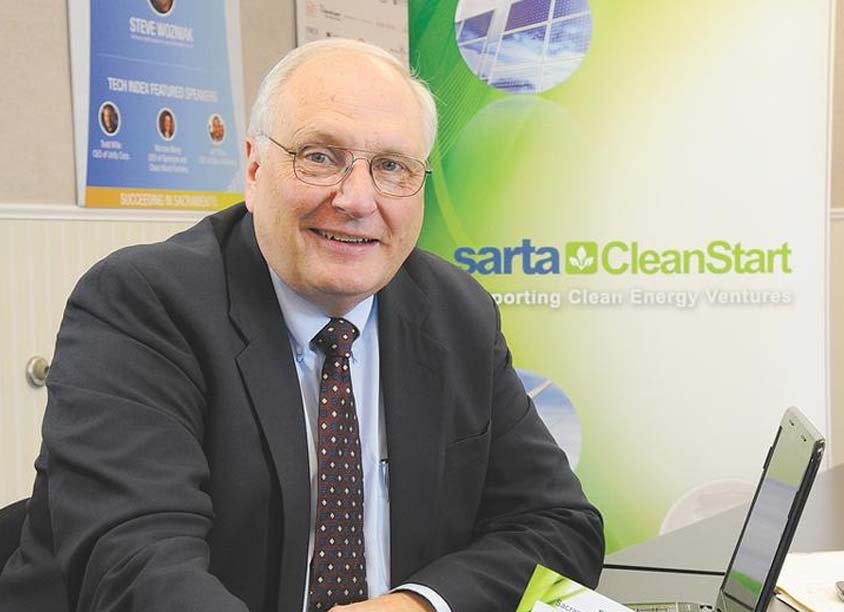There are lots of kinds of crowdfunding–starting with asking for donations to selling stock in your company. Clearly asking for donations is going to result in a lot less money than offering a discount for pre-ordering a product or selling shares of stock.
There are a lot of sources of information on the success rates of crowdfunding, and much of it aggregates a huge number of campaigns across a broad range of approaches. These tell you that somewhere between 25% and 40% of campaigns are “successful”–meaning they raised money, maybe not as much as expected, but something. And that is a pretty good success rate. The average raise in this aggregation is about $7,000.
You might ask why do people bother for so little money? Because these statistics cover up the important details. The vast majority of crowdfunding campaigns are asking for donations–for a big birthday party, for someone’s surgery, to buy desks for schools in Africa, for paying expenses for a school band to travel to a contest. These typically raise only a few thousand dollars at most. They don’t reveal what happens when one uses crowdfunding for business.
Results for businesses are better than those averages. Donation-only campaigns for business are a little tricky because one will need to establish a pretty compelling story about giving money to a business for next to nothing in return. Sometimes it is for a small reward like a shirt or coffee mug. Sometimes it is linked to raising money for installing a product to benefit someone in need. Sometimes it is a promise of a discount on the eventual product if and when it is finished. In these circumstances it is possible to raise over $10,000 routinely, and $25,000+ is clearly possible. The better the reward, the higher the amount raised.
Selling shares is even a more compelling reason to write a check, but can entangle one in a lot of requirements for reporting, disclosure, and limitations on the number and kind of investors from which money can be accepted. It also requires a lot of work to make a compelling case. But in these cases raising $1-5 million is common for successful campaigns. The failure rate for these offerings is also higher than for the simpler donation campaigns.
Compared to the success rate of trying to win a prize of $50-100,000 in a business plan competition, or looking for money from venture capitalists, crowdfunding can be a much better source of capital for a business. That’s why people bother. It is something that they feel is more under their control and has a better chance of success. Crowdfunding also tends to focus a start-up on making the case to customers more than just to investors, something that could be much more important to long-term success.
Want to learn more? CleanStart is stepping up to provide help to tech startups that face this money-raising conundrum with a new series of classes launching on June 20th. Leveraging Crowdfunding to Fuel Your Tech Startup




